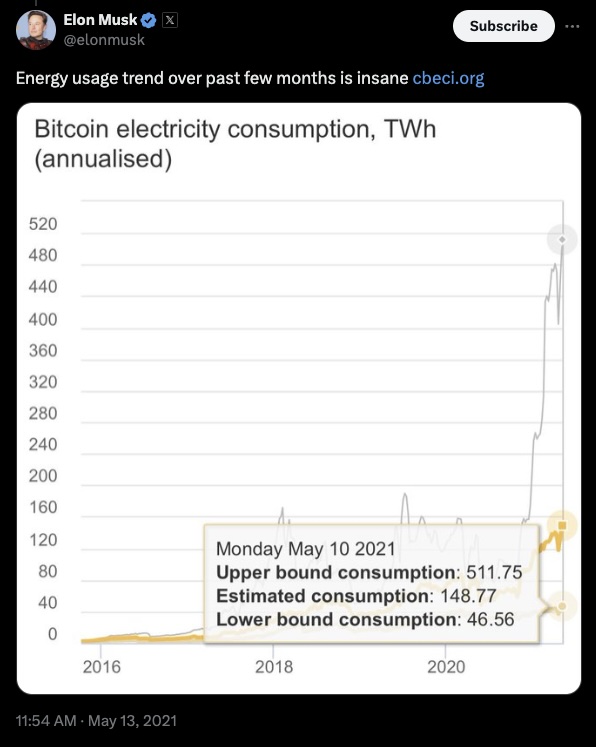
HodlX Guest Post Submit Your Post
Mass adoption is the elusive ‘Holy Grail’ of any consumer technology, and something that has been written and thought about a lot as it relates to the emerging Web 3.0 industry.
But how does one measure something like ‘mass adoption’? Would it be based on the number of users? Or the revenue generated by the industries that built the technology?
Maybe it’s better to measure mass adoption of consumer technologies by something else. Albert Einstein famously said that, “If you can’t explain it simply, you don’t understand it well enough.”
So, maybe the best way to measure the mass adoption of Web 3.0 is to ask whether or not it has become so simple that your grandmother can explain it, and more importantly, use it.
Grandma knows what’s up
My grandmother is as sharp as a tack. She’s college-educated, reads voraciously and is a master of many subjects. Information technology, however, is not her strong suit.
Like many of her generation, she feels that ‘newfangled’ computer technologies are needlessly opaque, difficult and dangerous to navigate and endlessly changing.
Which, even to a technologist like me, I must admit is a valid criticism, especially when it comes to Web 3.0.
If you come right down to it, crypto, blockchain and Web 3.0, in general, are complicated. It’s a world chock-full of prototypes competing for attention and funding.
Almost everything is still in beta. Almost nothing has regulatory clarity in most major jurisdictions, let alone approval.
And when it comes to the most important part of adoption for consumer technologies, it leaves a lot to be desired to say the least.
It’s hard to measure exactly how many Web 3.0 users there are, but JP Morgan recently highlighted the decline in ETH transactions following their much heralded Shanghai upgrade, calling it ‘disappointing.’
Bitcoin shows some disappointing realities too. According to a recent report by Chainalysis, there are now over 460 million Bitcoin addresses but over 288 million of those hold no balance or were used only once, and of the wallets identified by Chainalysis to be ‘economically relevant,’ only 27 million actually hold any Bitcoin.
It is estimated that although nearly 90% of people have heard of Bitcoin or crypto, only 2.7% of the global population actually holds any crypto.
The hashrate for Bitcoin hit a new all-time high in September of 2023, indicating that more miners than ever before are trying to mine new Bitcoin but only about $7 billion worth of transactions involving Bitcoin were settled on centralized exchanges this year, markedly lower than $13.8 billion and $11 billion witnessed in 2021 and 2022 respectively.
In other words, almost everyone has heard of crypto and Web 3.0, but most users who try it leave and don’t come back.
Doesn’t seem like the kind of technology Grandma is going to be going out of her way to learn to use anytime soon.
A bigger problem than lack of adoption people fleeing
But why do so many people leave Web 3.0? Well, the most obvious answer to me is that it’s just too hard to use. DeFi, DEXs, swaps, impermanent loss, yield farming, dollar cost averaging, abiding by complicated tax rules and the list goes on.
I’ve been in crypto for a long time, but to this day, every time I set up a new wallet I still have the unshakable feeling that someday I’m going to lose my 24-word seed phrase and be locked out of my wallet forever.
Imagine Grandma trying to keep track of that. I get tired just thinking about trying to explain what a ‘seed phrase’ is to mine.
Another problem is language. Mempool, halving, forking, airdrops, consensus, Byzantine Fault Tolerance, HODL and DAO.
If you turn Grandma loose on these words without a Web 3.0 dictionary, she’s sure to end up getting ‘rekt.’
Even crypto natives struggle with some of these terms. I know die-hard Bitcoin maximalists who disagree about whether the reduction of Bitcoin mining rewards should be called the ‘halving’ or the ‘halvening.’
Regardless of which of the two you prefer, Grandma’s going to stay out of Web 3.0 until we come up with language that she can understand.
Something else that scares a lot of users about Web 3.0 is that there’s no way back.
Transactions are final even if you make a mistake. Didn’t mean to send all your ETH in that transaction? Too bad. Miss a step while trying to bridge some assets to layer two? That’s gone.
In November of 2022, Crypto.com accidentally sent 320,000 ETH or about $400,000,000 to the wrong recipient.
Just this past September, Paxos accidentally paid $500,000 in Bitcoin transaction fees and had to go ask the Bitcoin miners that had processed the transaction to return the money.
In both of these cases, the funds were recovered, but if Grandma makes a mistake like this, she’s just out of luck, and out of crypto.
Grandma isn’t joining Web 3.0 until it’s safe
This ties into what I think is still the biggest problem in Web 3.0 today it’s dangerous. Even major businesses like Paxos and Crypto.com are making mistakes.
It seems like almost every day we hear about Mark Cuban’s crypto wallet getting hacked and losing $870,000 or Hong Kong starting to welcome Web 3.0 back only to immediately hear news of a $200 million DeFi hack.
As much as people in Web 3.0 like to make jokes about these kinds of mistakes, the rest of the world isn’t laughing. They’re scared.
No one wants to hit the wrong button or click a suspicious link and then have to sit and watch helplessly as all their funds disappear.
Web 3.0 is supposed to offer a trustless alternative to centralized legacy finance, but presently, all it seems to offer is a series of pitfalls with no safety nets and no way to climb out if you fall into one.
The effect of this combined with the still fresh reputational damage done by the likes of FTX, Terra Luna and many others, is more than enough to scare away even the most technically savvy investors and users let alone Grandma.
If Mark Cuban can’t keep his hot wallet safe, you can bet your Bitcoin that Grandma isn’t going to feel comfortable using one anytime soon.
That said, it’s not all doom and gloom. These are still the early days, and Web 3.0 has already made and will continue to make huge leaps forward in both technical advancements and user adoption.
I have confidence in the promise of Web 3.0 and the ingenuity of this industry, but I think we would all do well to keep Grandma in mind when we’re discussing mass adoption and especially when designing new applications and user experiences.
Until Grandma is using Web 3.0 without ever knowing who Satoshi Nakamoto is, we haven’t done our jobs, Web 3.0 hasn’t succeeded, and we’ll never truly reach that elusive Holy Grail.
Mariana Krym, COO of VSC, a HealthFi ecosystem that leverages Web 3.0 technology to promote positive lifestyle habits through anonymized health data monetization. Mariana has also traded crypto for a number of years and is a veteran media consultant expert, having worked with such notable companies as Waze (now Google), Twitter (now X), Spotify, Snapchat and LinkedIn.
Follow Us on Twitter Facebook Telegram

Disclaimer: Opinions expressed at The Daily Hodl are not investment advice. Investors should do their due diligence before making any high-risk investments in Bitcoin, cryptocurrency or digital assets. Please be advised that your transfers and trades are at your own risk, and any loses you may incur are your responsibility. The Daily Hodl does not recommend the buying or selling of any cryptocurrencies or digital assets, nor is The Daily Hodl an investment advisor. Please note that The Daily Hodl participates in affiliate marketing.
The post Getting Grandma Into Web 3.0 appeared first on The Daily Hodl.




